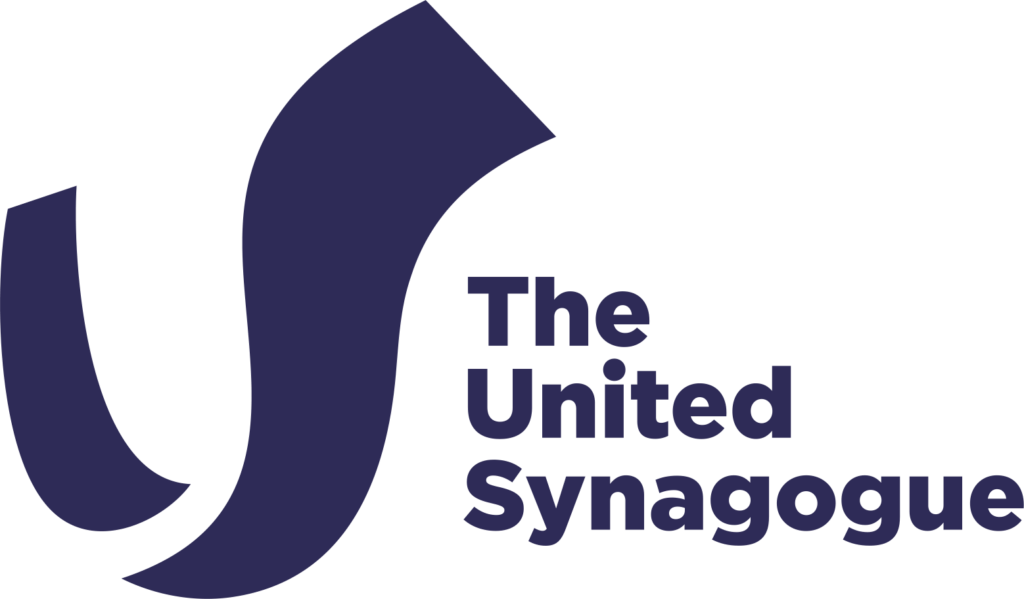By Rebbetzen Vicki Belovski, Emeritus Rebbetzen, Golders Green Synagogue
For many people today, Chanukah has become a pleasant winter festival – a Jewish alternative to what is, these days a largely secular Christmas. Instead of a tree, we have a menorah; instead of “Good King Wenceslas,” we sing “Maoz Tzur” and instead of mince pies, we eat doughnuts. But surely there’s more to it than the classic, “they tried to destroy us, we won, let’s eat” formulation.
Interestingly enough, while the Talmud devotes a whole tractate to Purim, it contains only a few references to Chanukah, mentioning it in the context of lighting candles for Shabbat. In Gemara Shabbat, the rabbis ask, “What is Chanukah?” It’s a good, but rather unusual question – no one asks “What is Pesach?” or “What is Purim?” The answer given is that it starts on 25th Kislev, lasts for eight days and during that time, one may not give a eulogy nor fast. Whilst the calendar information is useful, the other two facts are not the first things that spring to mind when someone asks “What is Chanukah?” However, the rabbis then continue, explaining about the single small pot of oil, which miraculously lasted for eight days, so that the following year these days were fixed as festival days on which we would say “Hallel (praise) and Hodaya” (thanksgiving).
The Talmud does not mention the other miracle of Chanukah – the defeat of the huge and powerful Greek army by a small band of Jewish rebels. But in the siddur, in the text of Al Hanisim, which we add into our prayers throughout Chanukah, we find only the miracle of the military victory, “You delivered the mighty into the hands of the weak, the many into the hands of the few…” The sole mention of the oil in this prayer is to say that when “Your children entered Your holy house…[they] lit lights in Your holy courtyards.” There is no mention of any “oil-based miracle” occurring at all here. The inclusion of Al Hanisim in the shemoneh esreh – Standing Prayer – and bentching – Grace After Meals – is considered to fulfill the requirement for Hodaya/thanksgiving, just as the recital of the set of psalms known as Hallel, fulfills the requirement to say Hallel/praise.
So what is the difference between Hallel and Hodaya and if Hodaya is linked with the military victory, is Hallel linked with the menorah?
There is a difference between praising someone and thanking someone. Thankfulness is an acknowledgement of a debt to the other person – the Hebrew phrase “ani modeh l’cha – I thank you” literally means “I admit to you.” We find the same concept of owing something expressed in English in phrases like “much obliged.” Thanks changes one’s perception of oneself in relation to the other person. This fits well with the military victory – there was a change in the relationship between the Greeks and the Maccabees. The Greeks changed from being the oppressor to acknowledging defeat, while the Maccabees became the victors and sang praises to God.
Praise is also a form of acknowledgement, but rather than diminishing the status of the praiser, instead, it highlights the qualities of the person being praised. In fact, the word Hallel can be linked in Hebrew with the concept of “shining light”. In Isaiah we find “Hillel ben shachar – Bright star, son of the morning” and the same root is used in other places in the Tanach in this context. This could be the link between Hallel and the menorah – the two special mitzvos of Chanukah. By singing praises to Hashem, we allow His light to shine forth. Torah is often compared to light and the menorah in the Temple symbolized the Torah shining its light throughout the world. The Jewish people are compared to the pure olive oil used to light the menorah – olives are not very attractive on the outside, but they contain the potential to light up the world. This is in direct contrast to the Greek world view which idolized external beauty.
Thus, when we light our menorahs on Chanukah, and when we say Al Hanisim, we are combining our gratitude and debt to God with our praises of Him, reinforcing the potential power of the few against the many and showing that we are prepared to look beyond the surface to find the hidden beauty within. And I don’t just mean the jam inside your doughnut!

